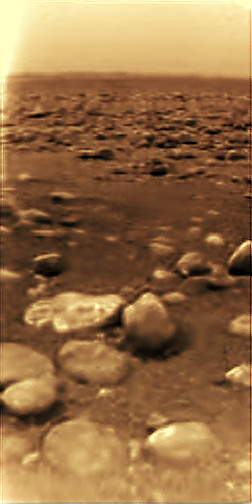 | |||
| View of Dione showing tectonic faultlines |
Dione is a small, barren, icy moon in orbit around Saturn. It's not exactly a holiday destination, with temperatures around 86 K and negligible gravity. Originaly named Sideris Lodoicea by Cassini alongside Iapetus, Rhea and Tethys in honour of The french king Louis XIV, it was later renamed to Dione, after a Greek goddess.
Almost every picture of Dione I have come across have been absolutely beautiful......
 |
| Another view of Dione from the Cassini spacecraft |
The Saturn system of bodies never ceases to stun me with the beauty of the pictures that return to us from our probes and the larger moons' aesthetics are never eclipsed (no pun intended) by their parent planet's beauty.....
 |
| Dione, framed beautifully by Saturn's rings |
Now news has emerged that the Cassini spacecraft has detected molecular oxygen around Dione. The data indicates that Dione maintains an extremely thin atmosphere, answering scientists' debate about whether Dione could even hold onto any atmosphere.
Dione is the third body to have been discovered to harbour oxygen molecules, following in the footsteps of Rhea and Saturn's rings themselves.
Link to the full story
All this makes my mouth water thinking of the prospect of what we might discover on Titan, the second largest moon in our solar system and the only one with a dense atmosphere, that is if we ever get our act together and get another probe sent there!
The Huygens probe landed on Titan in 2005, sending back a tantalising image of Titan's surface which begs for another visit from our intrepid robots:
 |
| Huygens' image from Titan |
There are a couple of projects in the pipeline for a visit to Titan:
 |
| Artist's rendition of TiME |
Whether they will be fulfilled or be scrapped to free up funds to bail out even more banks, is another matter......
Enough pessimism and cynicism from me, I leave you with another fantastic image of Dione
(click this one and enlarge, you won't be disappointed!)
 |
| Crescent of Dione from the Cassini spacecraft |


